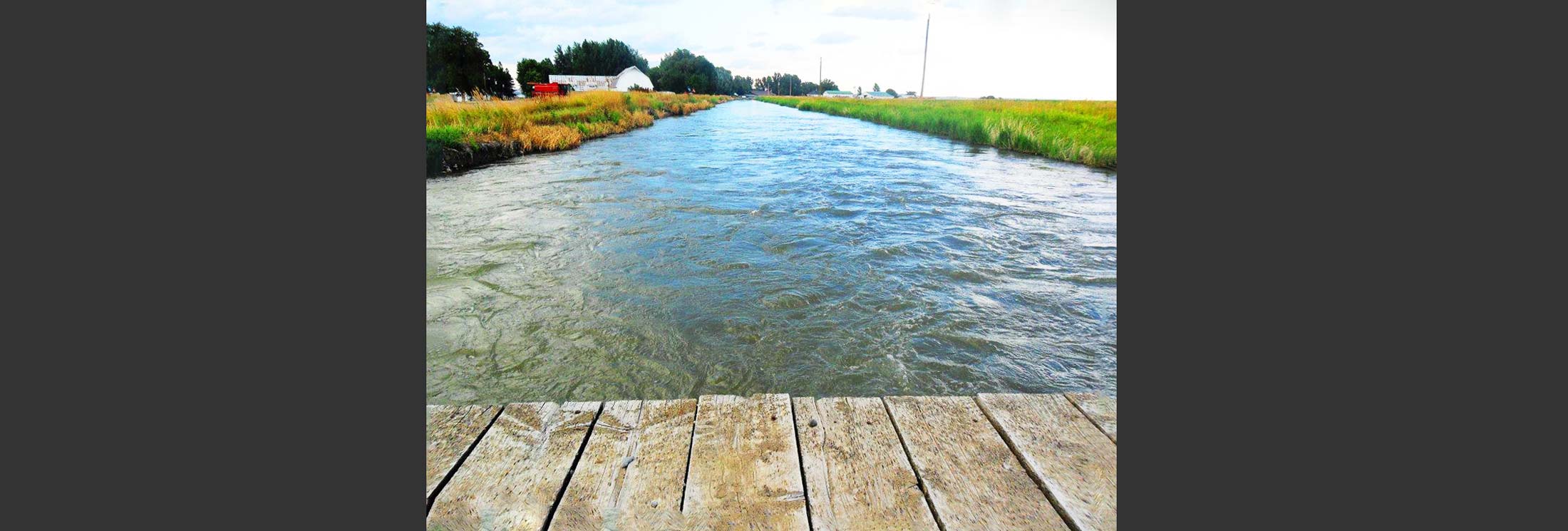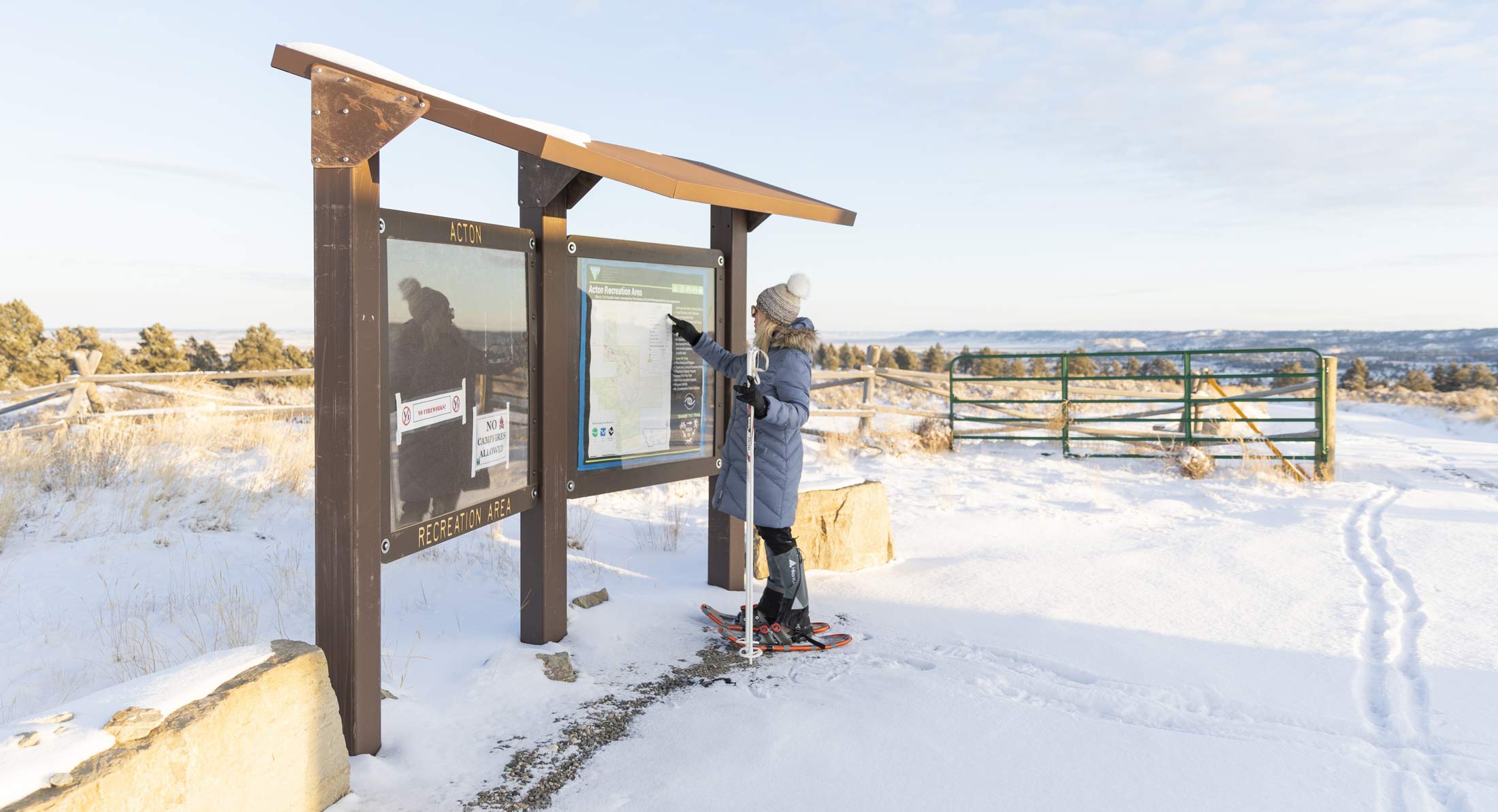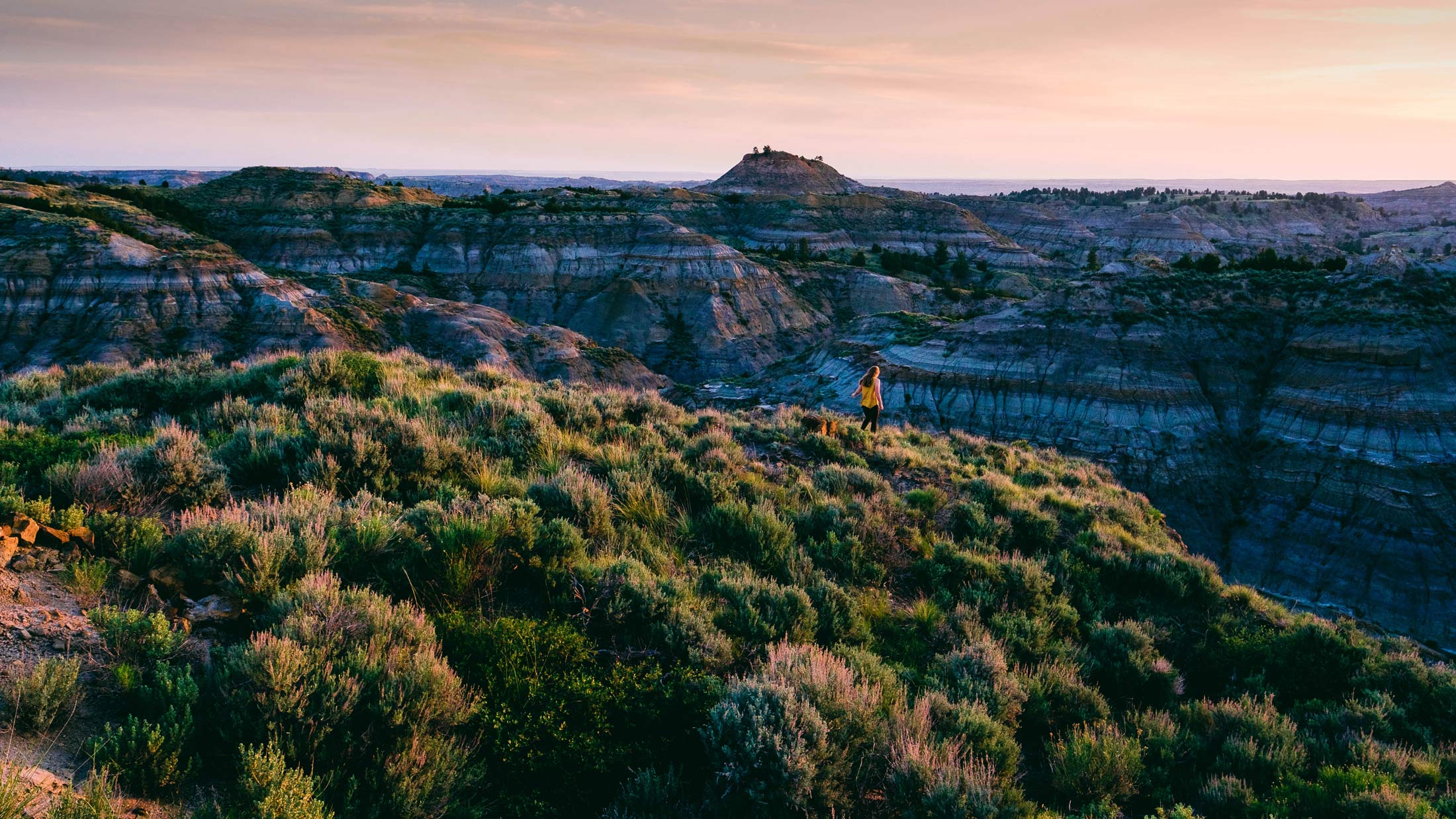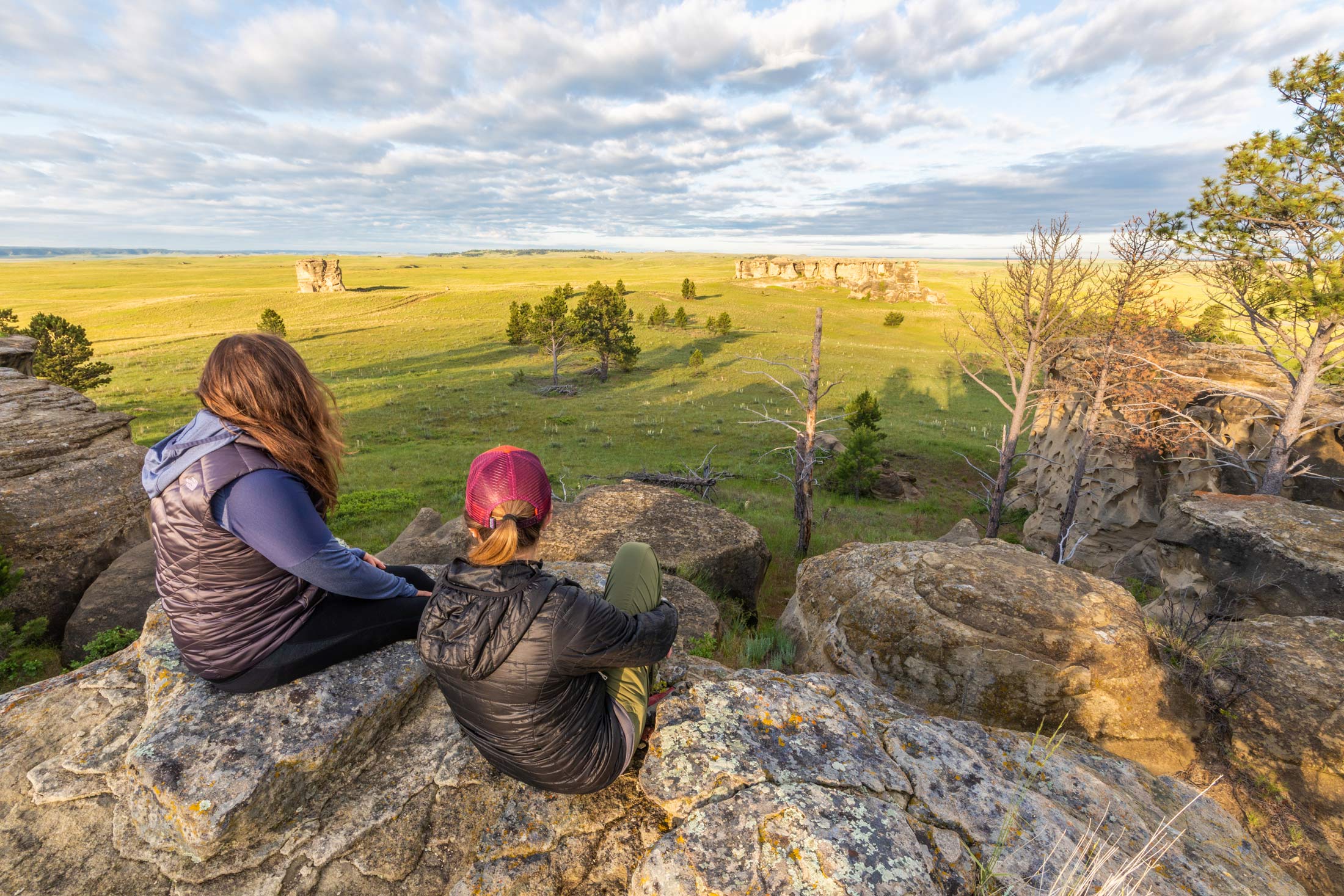Huntley Project Museum: A Living Legacy
There is a richness to our history in Southeast Montana—Montanans are attracted to the slower pace of life and the ruggedly welcoming landscapes that we call home. Out here, life has not always been easy. Families risked it all to make a home for themselves among this sometimes-unforgiving landscapes. Their successes, or failures, were often tied to one simple factor: water. Huntley, Montana, located just 10 miles east of Billings, is a prime example of the lush history of our region, and the Huntley Project Museum of Irrigated Agriculture serves as a lively, living testament to the agricultural ties of this land.
Bring Water to the Crops
At the turn of the century, in order for Montana to grow and thrive homesteaders needed a reliable water source for their crops and animals. Land was purchased during the Reclamation Act of 1902, and the Huntley Irrigation Project, just the second irrigation completed project by the U.S. Bureau of Reclamation, was born. A boom followed the project as irrigation provided new farming lands in the semiarid climate of Southeast Montana. The Huntley Project consisted of irrigation canals from the Yellowstone River to support the homesteading lifestyle of many new settlers. Still today—100 years later— the Yellowstone River, the longest undammed river in the lower 48 states, provides irrigation to almost 30,000 acres thanks to the Huntley Project. There are families that still live on the plots their ancestors claimed. You can learn the story, celebrating the lands’ legacy at the Huntley Project Museum.
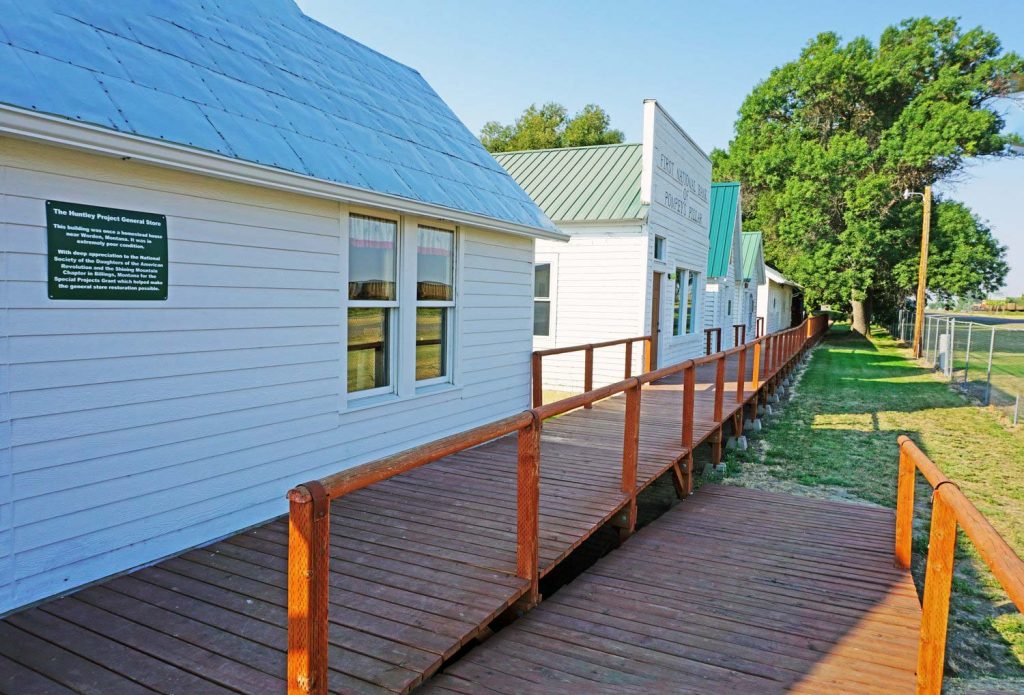
Tell the Story
The Huntley Project Museum sits on the old township site of Osborn, with 18 original homestead buildings located throughout the grounds, including an old schoolhouse. Stand in a homesteader’s tar-paper shanty shack and consider what your life would have been like a hundred years ago. Wander the 10-acre grounds, a haven to birds, wildlife and native plant and tree species, and immerse yourself in history and discovery.
The original irrigation canal, dug in 1907, still flows through the backyard of the museum and serves as living history all on its own. You can peruse the main building and outdoor exhibits, which showcase life from days gone by and include over 5,000 artifacts like antique tractors, a 1913 sugar beet harvester and other restored agricultural equipment, as well as newspapers, photographs, clothing, diaries and other belongings from Osborn residents.
Events
In addition to the exhibits and grounds, the museum features many events throughout the year. Ranging from seasonal events, like the Christmas Stroll and Raffle or the Halloween Hijinks, to topical classes and reenactments, their events calendar is worth a peek when planning a trip. The lovely outdoor area regularly features live music and is a family-friendly spot to spend the afternoon or evening. The welcoming staff is more than willing to accommodate personal tours.
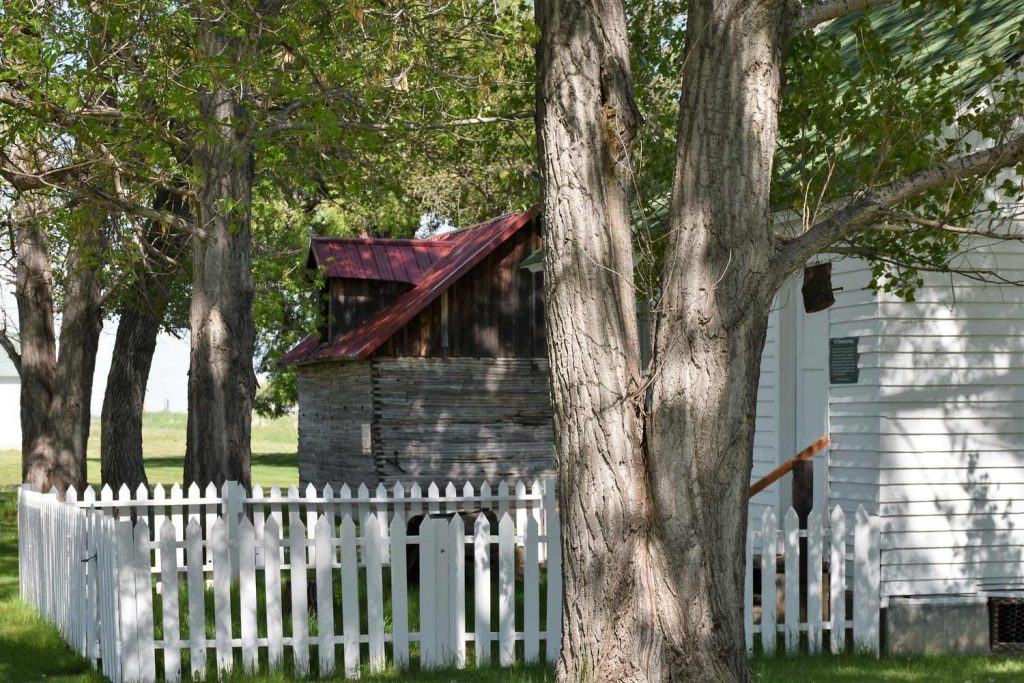
Make a Day of It
While you are here, why not make a day of it. Situated on the banks of the gorgeous Yellowstone River, Huntley is quaint and historic community with an authentically-Montana vibe. Cozy up to the high top at Blue Cat Bar and Grill, settle in for comfort foods and small-town vibes at Pryor Creek Bar, Café & Grill, or grab some quick grub at Burnin the Bone BBQ. No matter where you settle, you are sure to find real food, real people and real experiences. If you want to extend your trip further, exploring the territorial lands of the purchase of 1902 that started the Huntley Project, you are not a far drive from Pompeys Pillar National Monument, another fascinating piece of Southeast Montana history. This unique, 150-feet tall sandstone tower was a point of interest along the Lewis and Clark expedition. A view from the top is not the only reason to climb the pillar’s 202 stairs—you will have the chance to see Clark’s signature carved into the stone.
More from our blog:
